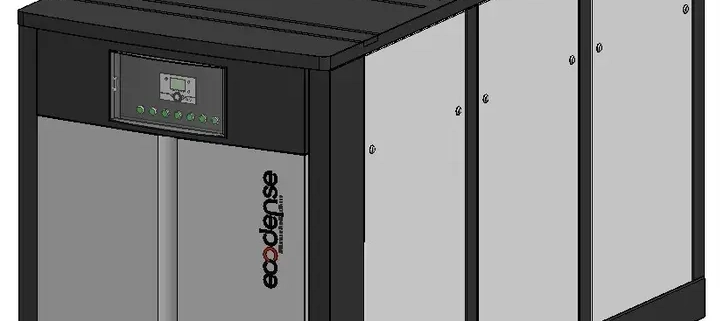 Flexiheat UK
Flexiheat UKIndustrial Gas Boilers – Condensing – 39 kW to 1,812 kW in single boilers – up to 28,992 kW cascade- Industrial heating
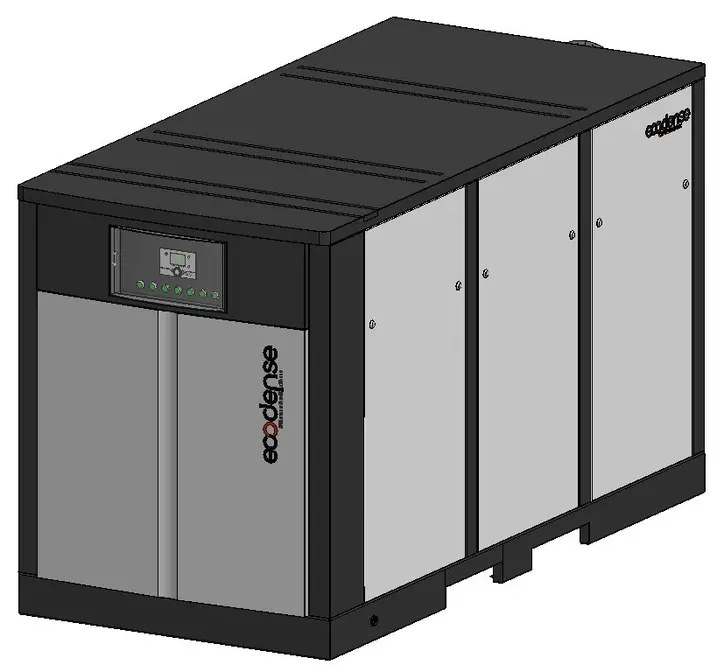
Industrial gas boilers floor standing with high efficiency, fuelled by either natural gas or LPG (propane) gas available from Flexiheat UK at a great price and with high quality.
These industrial boilers / commercial boilers are the ideal boilers for any suitable commercial heating or industrial heating of buildings that require this level of heating output with high operational reliability and low emissions.
Whether you classify them as commercial boilers or industrial boilers is up to you. Officially commercial boilers, in relation to commercial boilers, the classification comes into effect at over 70kW of gas input to the boiler. From that figure on there is no real defined value for when commercial boilers are then classified as industrial boilers.
Gas condensing industrial boilers are the ideal boilers for larger buildings as a condensing boiler is the most efficient and cost-effective type of commercial or industrial boilers to use.
Industrial and commercial boilers work just like domestic boilers, just that they have a much larger output, making them suitable for industrial or commercial project requirements.
With a large heat output of up to 28,992 kW in a boiler cascade system, we have a condensing boiler range suitable for any high efficiency industrial gas boiler installations, that you can rely on to provide an efficient condensing boiler installation for your site requirements.
These units are manufactured with multiple efficient stainless steel heat exchanger modules (which are an inox radial heat exchanger) – which results in great modulation ratios to match the heating demand of the installation and a more efficient commercial boiler installation.
This also allows redundancy and ensures trouble-free operation of these high efficiency industrial boilers in the event of failure of one or more heat exchangers modules.
Industrial Boilers – Commercial Product Specifications
Our Industrial gas boilers , which are condensing and can be either natural gas or LPG ( propane ) gas fired benefit from –
- High efficiency pressure jet boiler range with efficiency up to 108.5% NCV heat output – meaning higher than average energy savings
- Ultra low Class 6 NOx combustion emission levels – These low emissions meeting all current business and industry environmental commercial legislation
- These industrial boilers can be fuelled by either natural gas (G20) or Propane Gas (G31)
- Maximum working pressure of 6 Bar ands a minimum of 1 Bar for this high efficiency industrial gas boiler full range
- Maximum hot water temperature – 90 degrees C
- These industrial floor standing boilers have been designed for maximum versatility and energy efficiency for commercial premises
- Homogeneous heat distribution with premix condensing technology and micro-flame metal fibre coated steel burner
- Whilst some manufacturers use a inox radial heat exchanger, we prefer an aluminium silicate alloy cast casing exchanger as it provides high operating efficiency with high heat transfer. All sub components are from leading brands on our condensing industrial gas fired boilers
- A wide option of 11 different thermal output capacity options from 39 kW- to 1,812 kW heating output range in a single unit and up to 13,440 kW heating output in a boiler cascade system / commercial boiler installations
- Provides energy saving through 1:9 modulating operation of these high efficiency industrial gas boilers
- Allows cascade connection up to 16 industrial condensing boilers in total , including 1 master and 15 slave boilers
- Heat interface units – very common for heating blocks of flats with a communal commercial boiler plant room feeding the heat interface units.
- Allows simple control with illuminated LCD panel which provides ease of use; and error codes and boiler information can be displayed on this panel
- Daily and weekly operation schedule can be programmed
- Seasonal heat program can be prepared during summer and winter times
- Full range is available as either a natural gas boiler or a propane fired industrial boilers
- Provides an advantage in boiler room planning and conversions with its compact structure in terms of area of required, due to their small foot print
- Lightweight free standing construction and supplied fully assembled on wheels
- With a maximum width of 1,250 mm , these floor mounted commercial gas boilers are extremely compact and are the ideal boilers if space is limited
- Compliant with Eco design directive – ERP approved for industrial and commercial applications
High efficiency industrial gas boiler efficiency – at different water temperatures and heat outputs– The Cell Condense Range
G20 is Natural Gas and G31 is LPG (Propane)
Dimension details
Floor standing industrial & commercial Boilers diagram
Industrial Condensing Boilers
Below you can see a typical commercial floor standing commercial boiler schematic, in this solar heating is also used to help to heat the domestic hot water tank
Boiler Control Options
You can connect our industrial boilers – gas fired – to the web server controller from anywhere in the world to monitor and control your heating system, these web servers are manufactured by the Siemens brand, the leading manufacturer of boiler controllers.
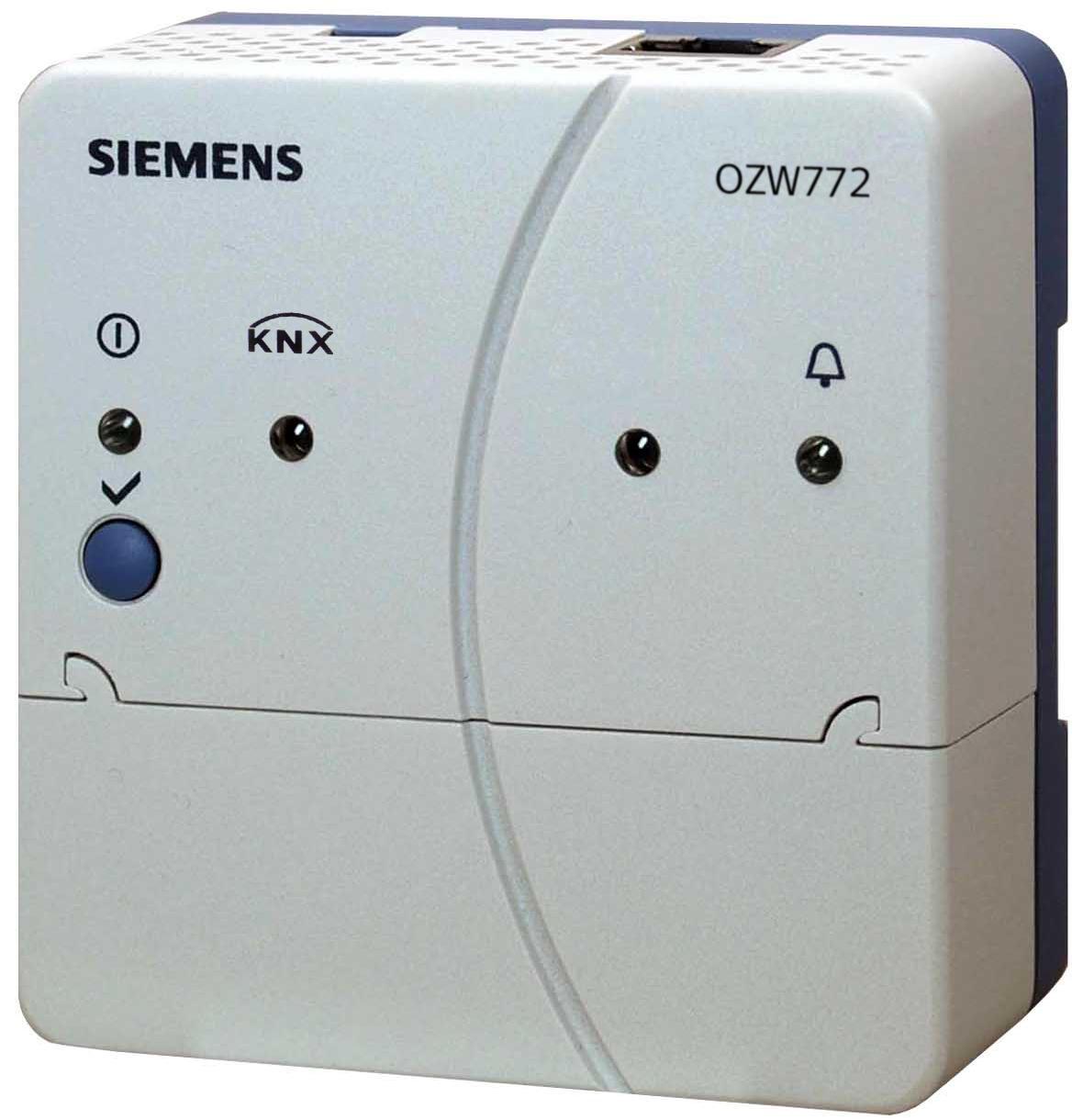
Siemens Web Server Controller for our high efficiency industrial gas boiler – Control your heating system remotely, from anywhere in the world
- Remote access to your facility, and monitoring of the operating values
- Changing operating modes (economy, comfort, anti-freeze protection and automatic operation modes)
- Time program setting (Heating circuit, boiler, external time program)
- Viewing information on heat generation and consumption
- Adjustment of the systems hour, minute and year details
- Changing temperature values of heating circuits
- Language selection setting
- Controlling the anti-legionella function in boiler circuit
- Vacation mode setting for heating circuits (controlling the heating circuit as per the anti freeze protection mode in buildings for prolonged non-use)
- Setting boiler operating temperature and changing the boiler’s operating mode (operation by 24 hours or time program)
- Setting accumulation tank or hot water storage tank parameters
- Controlling swimming pool circuit and changing temperature values,
- Controlling cascade parameters
- Viewing maintenance time and defining maintenance interval
- Setting parameters of solar powered system,
- Configuration settings (Relay and sensor assignment)
- Monitoring system errors, viewing error times (Last 10 errors)
- Resetting system to factory settings
- Viewing status information of cascade system
- Testing the relays connected to the system
Download Floor Standing Industrial Gas Condensing Boilers Manual
Industrial Gas Condensing Boilers for Larger Buildings for Sale UK & Ireland
Should you require anymore assistance, advice or information on our Industrial gas boiler range / Industrial gas fired boilers / high efficiency industrial gas boiler for your project or installation requirements, please don’t hesitate to get in touch with our sales team on 01202 822221 or use our email contact form above on the website. For our latest offers and news please follow us on Facebook or Twitter.
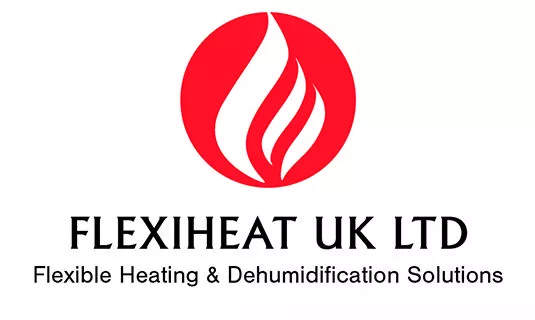
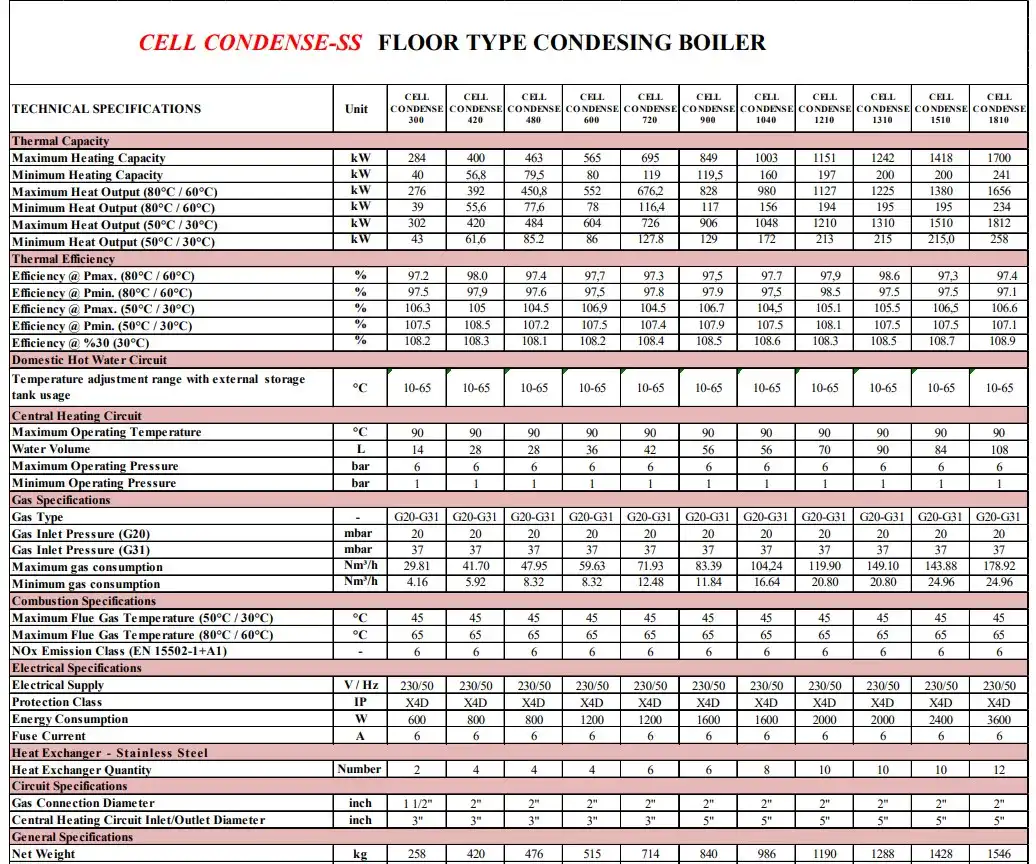
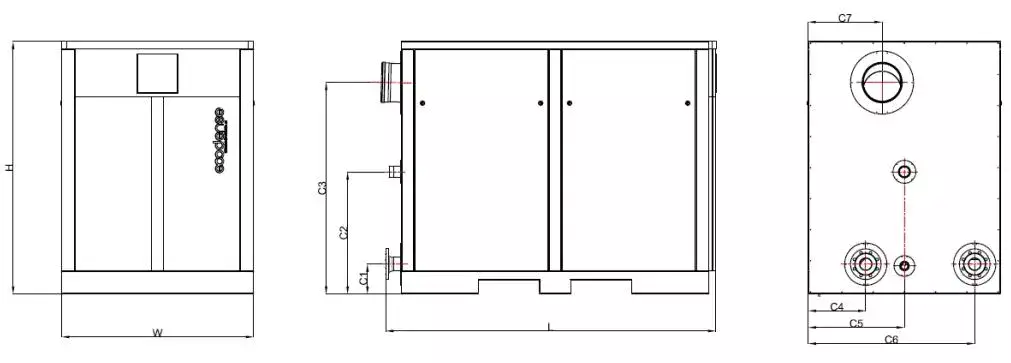
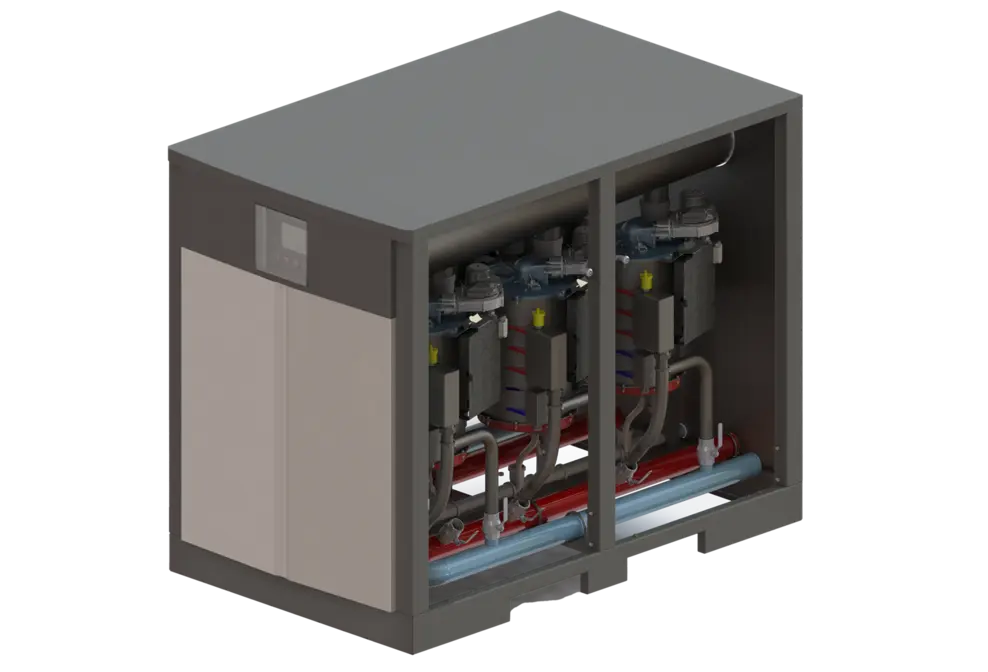
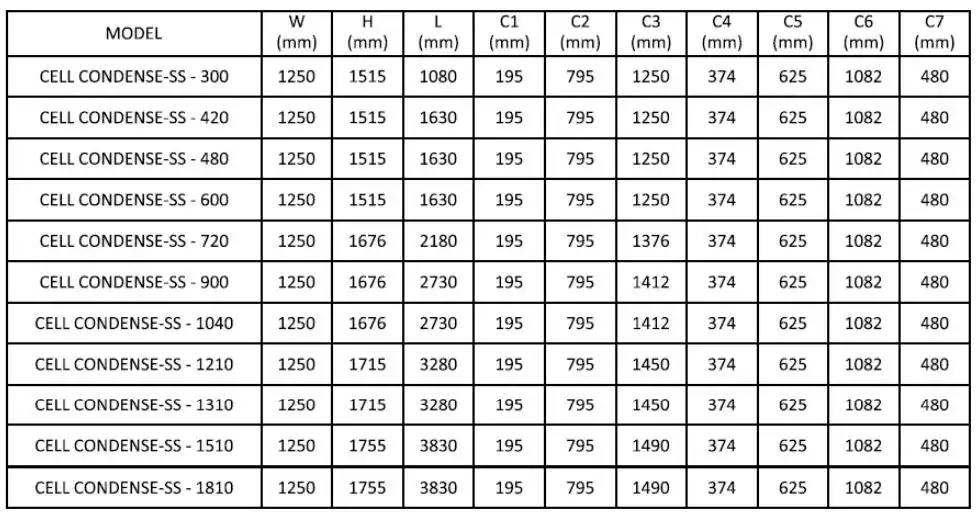
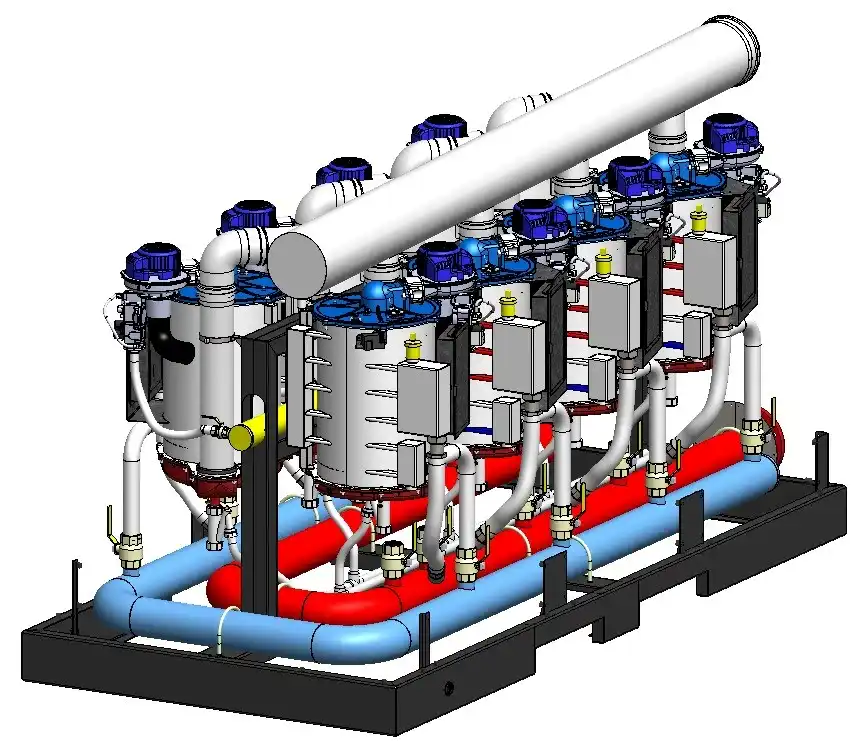
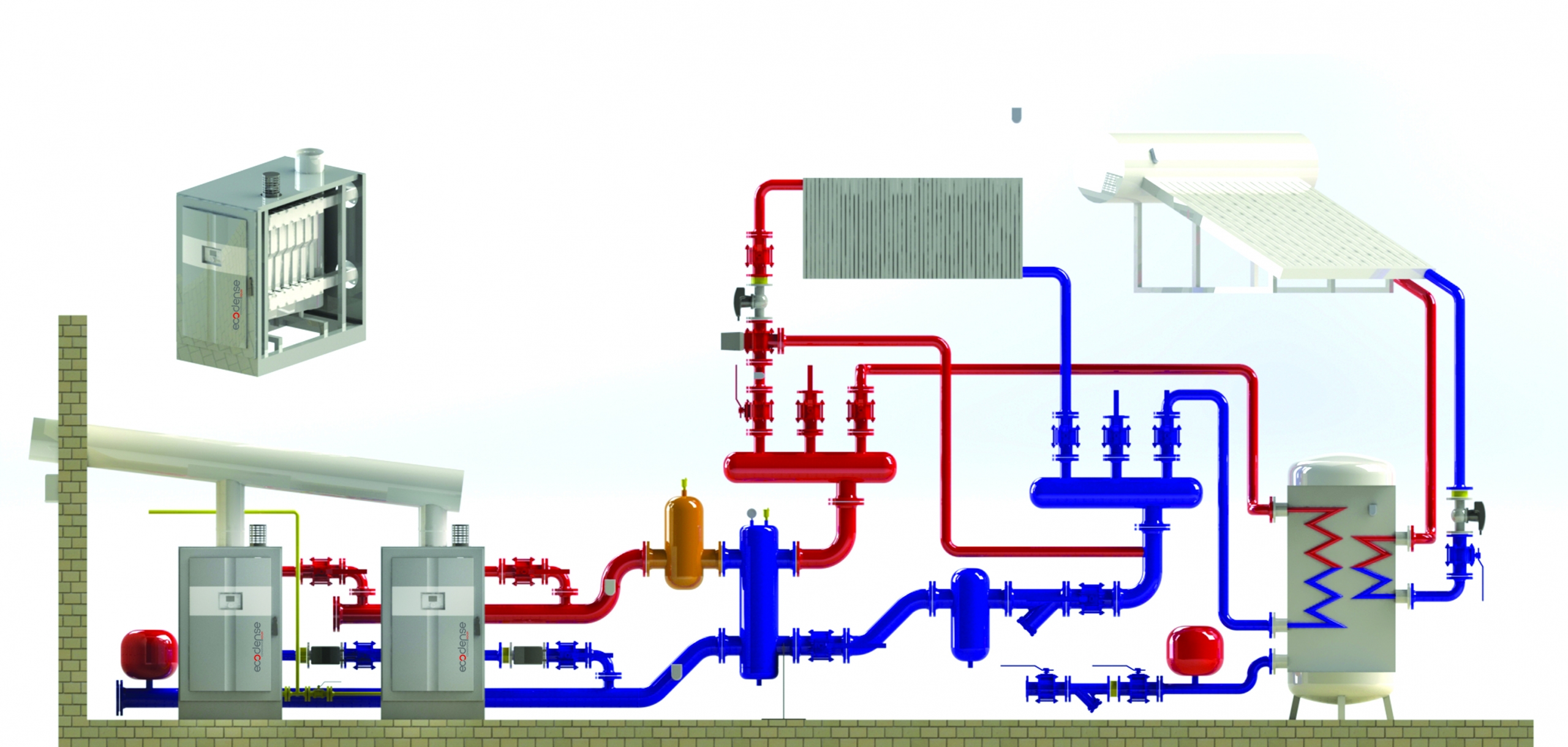

 Flexiheat UK
Flexiheat UK